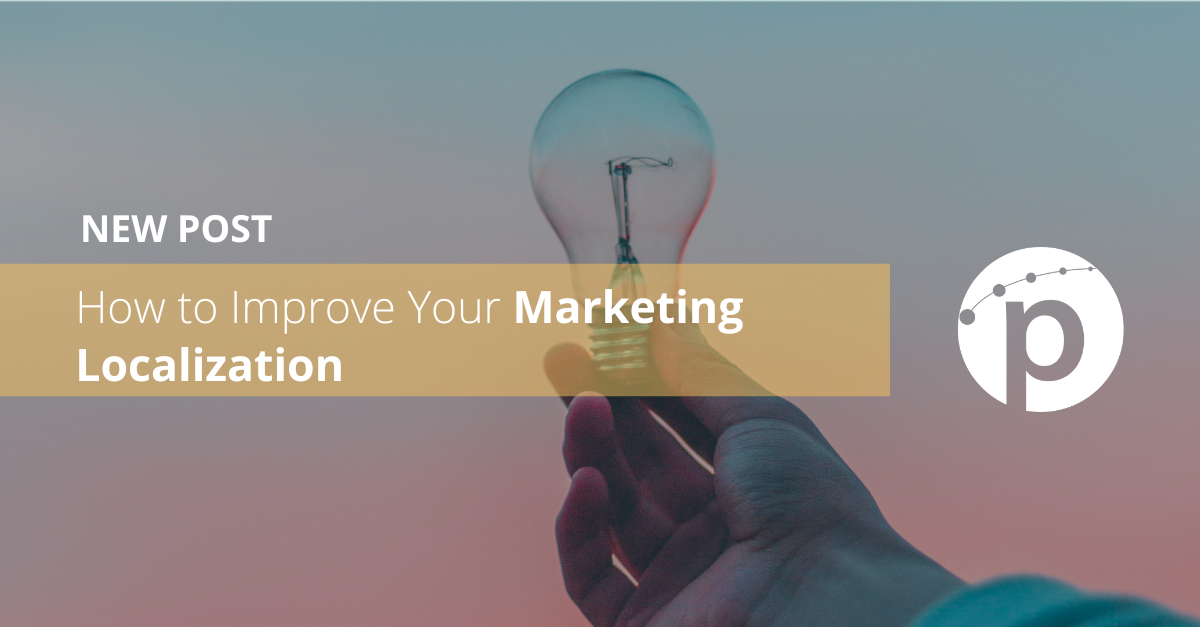When planning localization marketing, it is important to take into account that 75% of non-English speakers prefer to shop for products in their native language, and 60% of non-English speakers will rarely visit a website that is written only in English. The benefits of translating a website and creating a multilingual digital marketing strategy are numerous, and not just for conversions, but also for overall international exposure. Translating marketing content is as essential as providing translated product manuals or translating your website, and optimizing traffic across multiple languages is a challenge that many international companies face.
These are the steps to take to improve your localization marketing
-
Prepare your content for international audiences
-
Take advantage of innovation
-
Multiple languages in multiple countries
-
Use specialized translators
By now, you hopefully know that Google Translate is not the way to go when you want to translate your website and marketing material. You must also take care when choosing a translation agency. Ensure that the company you are going to work with employs the best translators in a wide variety of languages and industries. You should look for a company that takes into account not only the translation of your marketing content, but also looks at your product, service, and target audience to make edits according to social and cultural nuances.
These four steps will make a difference when planning your marketing localization, and will help you target your audience in any language you plan on using.
Related Posts
When hiring translation agencies or translators themselves, avoid some basic mistakes that guarantee you will get a terrible translation back. ...
Partnering with a translation company may not come to mind initially when expanding your business. However, you need to study each and every area of...
Buying legal translations? Looking for financial translation services? Need serious website translations? This is a quick checklist of points to bear...



